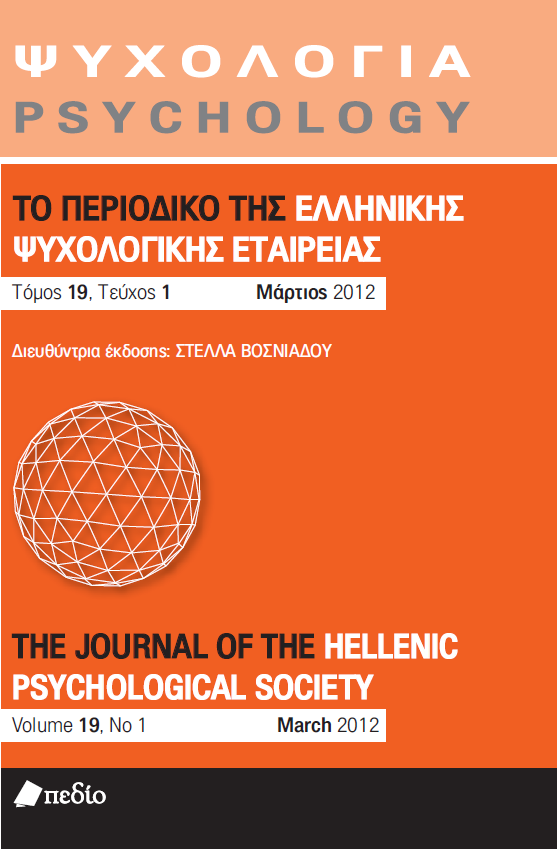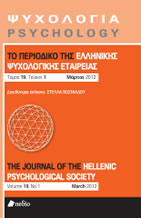Love components, duration and sexual intercourse in dating relationships

Abstract
Love consists of three components, intimacy, passion and decision/commitment (Triangular Theory of Love, Sternberg, 1986); the relative contribution of each to a love relationship is related to its outcomes. Such outcomes are the length or duration of the relationship and the frequency of sexual intercourse or sex in it. We first examined the construct validity and reliability of the components measure, that is of the Greek version of Sternberg’s Triangular Love Scale (STLS); subsequently, we tested if the components were associated in a predictable manner with relationship length and frequency of sexual intercourse in the relationship, thus checking the external validity of the STLS. Participants were 177 male and female University students in dating relationships. They responded to the STLS, and indicated the length of their relationship and the frequency of sexual intercourse in it. Factor Analysis revealed that the STLS had a strong and compatible with theory structure, comprising three factors of high reliability. Consistent with expectation, regression analyses indicated that stronger decision/commitment predicted longer relationships and less frequent sexual intercourse, whereas stronger passion predicted shorter relationship length and more frequent intercourse. Contrary to expectation, intimacy predicted neither relationship length nor frequency of sex. Conclusively, STLS has construct validity and reliability with the Greek population of young people, but its external validity is limited to the components of decision/commitment and passion. Passion consumes fast the duration of dating relationships, as it is manifested through the frequency of sexual intercourse; on the other hand, decision/commitment contributes to the longevity of relationships, while paying the price of reduced frequency in sexual intercourse.
Article Details
- How to Cite
-
Κορδούτης Π., & Μάνεση Ζ. (2020). Love components, duration and sexual intercourse in dating relationships. Psychology: The Journal of the Hellenic Psychological Society, 19(1), 103–124. https://doi.org/10.12681/psy_hps.23610
- Issue
- Vol. 19 No. 1 (2012)
- Section
- RESEARCH PAPERS

This work is licensed under a Creative Commons Attribution-ShareAlike 4.0 International License.
The journal PSYCHOLOGY adopts a Platinum open-access policy. Submission, processing or publication costs are waived by the Hellenic Psychological Society. Papers published in the journal PSYCHOLOGY are licensed under a 'Creative Commons Attribution-ShareAlike 4.0 International' licence. The authors reserve the copyright of their work and grant the journal the right of its first publication. Third-party licensees are allowed to use the published paper immediately after publication as they wish, provided they retain the defined by the license copyright formalities, regarding the reference to its author(s) and its initial publication in the journal PSYCHOLOGY. Moreover, any adjusted work should be shared under the same reuse rights, so with the same CC license.



